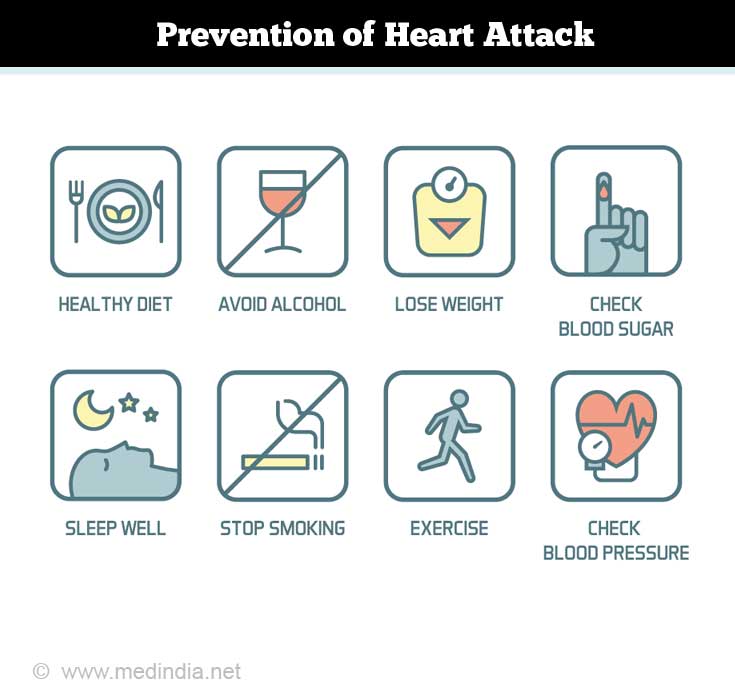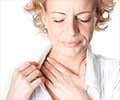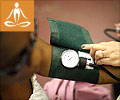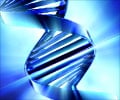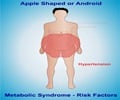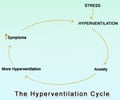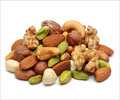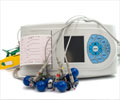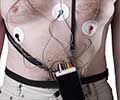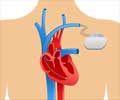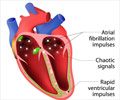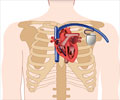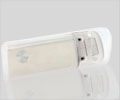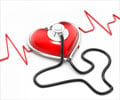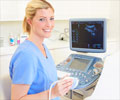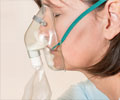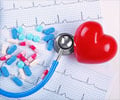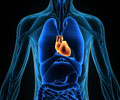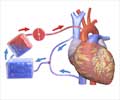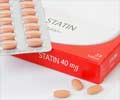What is a Heart Attack?
heart attack is the death of the heart muscle due to loss of blood supply.
Heart attack, also called myocardial infarction, is the death of the heart muscle due to loss of blood supply caused due to blockage in one or more of the coronary arteries supplying the heart.
The other names for heart attack include acute myocardial infarction, coronary thrombosis, and coronary occlusion.
Heart disease is the leading cause of death in the United States. More than a million persons in the U.S. have heart attacks each year and about half of them die. The risk of heart attack in both men and women is almost equal with women accounting for nearly half of all heart attack deaths.
In India, heart disease is the single largest cause of death in the country with heart attacks being responsible for one-third of all deaths caused by heart diseases. According to a projection by the World Health Organization (WHO) and the Indian Council of Medical Research (ICMR), India will not only be the heart attack capital but also the capital of Diabetes and hypertension by 2020.
Heart attack is a life-threatening event and everyone should know the warning signs of heart attack. Most people who die of heart attack die within the first hour after the onset of the symptoms.
Hence knowing the symptoms of heart attack and seeking immediate medical attention is essential to prevent death due to heart attacks and also to lessen the amount of damage to the heart.
Measures like cardiopulmonary resuscitation (CPR) and thrombolytic drugs (clot buster) when given early during the onset of heart attack can help in saving the life of the patient.
Heart attack and other heart conditions like heart failure and hypertension can cause changes or damage the heart valve resulting in a heart murmur.
Causes of Heart Attack
Heart attack is the end point of coronary artery disease.
The most common condition that predisposes a person to heart attack is underlying coronary artery disease that is caused due to the deposition of cholesterol and calcium along the walls of the coronary arteries. The arterial wall becomes thick and irregular due to build of these deposits called plaques and this process is called atherosclerosis.
The plaques along with
The major disorders caused due to the insufficient blood supply are angina pectoris, congestive heart failure (CHF) and heart attack. These disorders are collectively known as coronary artery disease (CAD). Heart attack is the end point of coronary artery disease.
Coronary artery spasms or hemorrhage into a plaque may also lead to occlusion of the arteries, but these are less common causes of heart attack.

Risk Factors of Heart Attack
Certain factors make it more likely that a person will have heart attack.
The risk factors that predispose a person to heart attack include -
- Heredity - family history of heart disease
- Age - men over 45 and women over 55 are more at risk of heart attacks
- High blood pressure
- High cholesterol
- Diabetes
- Obesity
- Stress
- Lack of exercise
- Cigarette smokingor use of other forms of tobacco.
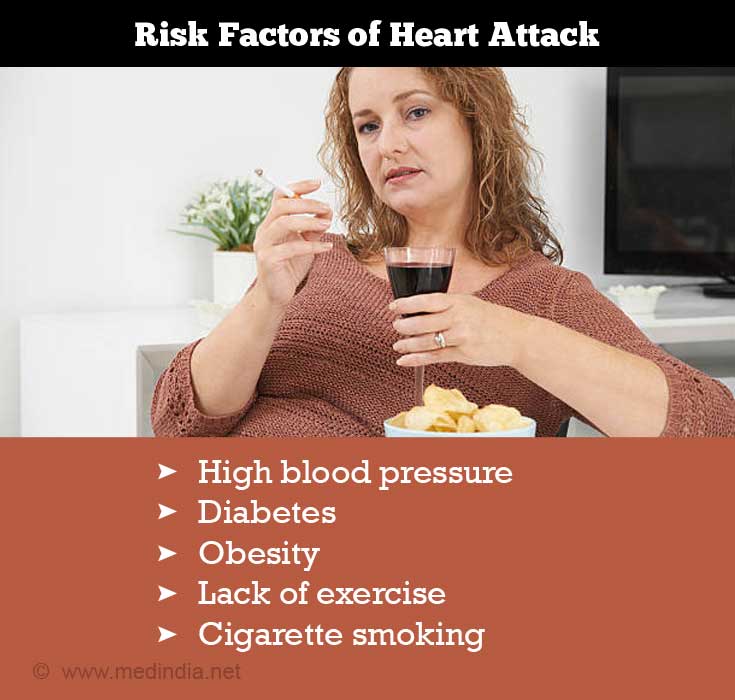
Symptoms and Signs of Heart Attack
It is essential to know the warning signs of heart attack as time of essence in treatment of heart attack.
The signs and symptoms of heart include:
- Chest discomfort in the center of the chest that lasts for more than 2 minutes or longer or goes away and comes back. The discomfort may be felt like an uncomfortable pressure, fullness, squeezing or chest pain that may spread to your shoulders, neck or arms.
- Irregular heartbeats, palpitations
- Unexplained sweating, nausea or vomiting
- Dizziness or fainting
- Feeling of severe indigestion (may feel like heartburn)
- Unexplained shortness of breath
- Anxiety or weakness
- Some may also have discomfort in other areas of the upper body including pain, discomfort, or numbness in one or both arms, the back, neck, jaw, or stomach.
The signs and symptoms of heart attack vary from person to person and not all the symptoms do necessarily occur. In about one-fourth of the people having heart attack there are no symptoms. This is called a "silent heart attack" and is more common in people with Diabetes.
People with angina often report having a hard time differentiating the anginal symptoms from heart attack. Angina is a recurring pain or discomfort in the chest that happens when some part of the heart does not receive enough blood temporarily. A person may notice it during exertion, but is usually relieved within a few minutes by resting or by taking prescribed angina medicine. However, the symptoms of heart attack last longer and are not relieved by rest or pain medications.
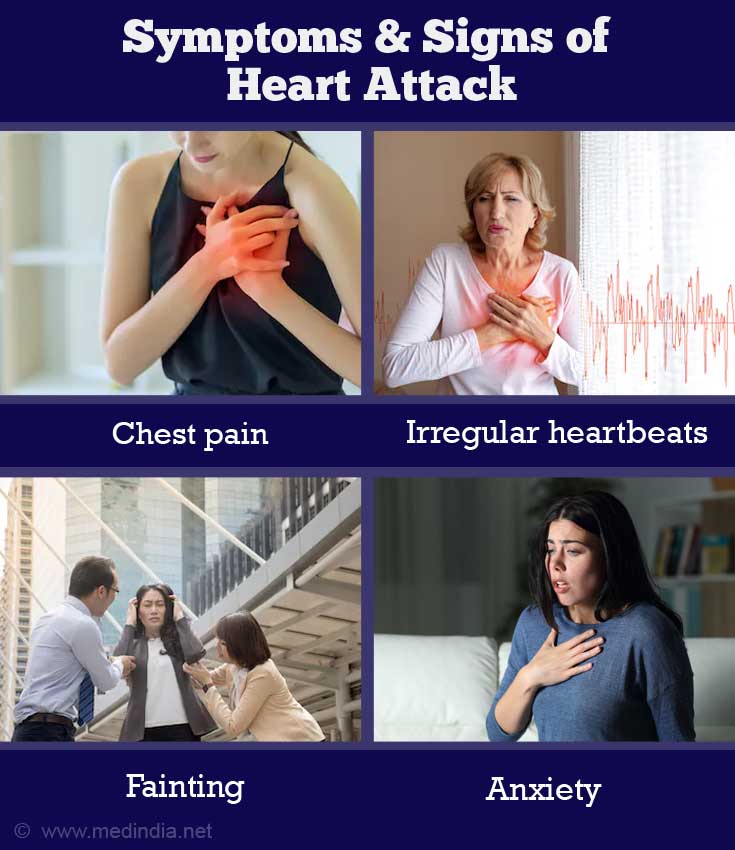
Diagnosis of Heart Attack
The diagnosis of heart attack is based on symptoms, review of the history and test results.
Diagnosis of heart attack is done taking into account the patient's symptoms, reviewing the patient's medical and family history, and test results. Tests for diagnosing heart attack include:
- Electrocardiogram (EKG or ECG): A 12-lead EKG is done to detect the electrical activity of the heart and detect abnormalities. In addition, it also helps in monitoring the rate and regularity of heartbeat.
- Blood Tests: Blood tests are done to measure the cardiac enzymes, which are released by the dying heart muscle. Tests to detect these enzymes include the -
- Troponin test,
- CK-MB test (CK test),
- Myoglobin test.
These tests are very useful especially when EKG is not diagnostic.
- Echo-cardiogram: This is an ultrasound examination of the heart that can be used during and after a heart attack to learn how the heart is pumping and to see which areas are not pumping normally. It can also detect if any structures of the heart have been injured during the heart attack.
- cardiac catheterization: This may be used during the first hours of a heart attack if medications are not relieving the block or symptoms. A thin flexible tube (catheter) is passed through an artery in the groin or arm to reach the coronary arteries. It can be used to directly visualize the blocked artery and help your doctor determine which procedure is needed to treat the blockage.
- Coronary angiography: This is the best test for identifying blockages in the coronary arteries. This test is usually performed along with cardiac catheterization. A dye is injected through the catheter into the coronary arteries to make them stand out on x-rays.
- Stress test: A stress test may be performed after the patient is stable and recovering from the heart attack and/or procedure. The stress test involves recording an EKG while the heart is stressed and again at rest. This test helps in assessing the heart function after heart attack. The exercise stress test is about 60-70% accurate in predicting increased risk of future heart attacks. Common stress tests include Treadmill Stress test and Thallium stress test.
- Multislice Computed Tomography (MSCT) Angiogram: Multislice CT systems with 16 or more detectors have made a quantum leap into imaging of the coronary arteries. If EKG's, stress tests or other indicators have revealed a potential cardiac problem, multislice CT angiography provides a better diagnostic option to have a detailed 3D virtual model of the patient's heart. In less than 30 minutes, without the invasiveness of a cardiac catheterization, a patient can have an MSCT done to determine if there are any arterial blockages that require an intervention. It is a less invasive and less expensive method of ruling out the need for additional intervention.

Treatment for Heart Attack
The treatment of heart attack is aimed at restoring the blood flow and should be started soon after a heart attack.
The treatment of heart attack is aimed at restoring the blood flow to the affected region of the heart. The sooner the treatment begins the better is the recovery.
The first 24 hours after heart attack is the time of highest risk for sudden cardiac death, and the first six hours are crucial for limiting the damage on the heart muscles. Medications as well as surgical procedures are used to treat heart attacks.
Medications
- Thrombolytic therapy must be administered with 6 hours after onset of the chest pain. The clot busters dissolve blood clots and when given soon after a heart attack begins they can limit damage to the heart. They are most effective when given within 1-2 hours from the start of the heart attack. There are various drugs that dissolve clots, but tissue plasminogen activator (TPA) is currently used most often. Others include Streptokinase (SK), Reteplase, Tenecteplase, Urokinase, Lanoteplase, and Staphylokinase.
- Aspirin and antiplatelet drugs are given to prevent blood clotting. Drugs like beta-blockers and ACE inhibitors are given following heart attacks to prevent repeat heart attacks.
- Anticoagulants like heparin that prevent clots from reforming are also used in the treatment of heart attacks.
- Nitrates like nitroglycerin are used in the treatment of heart attacks to relax blood vessels and stop chest pain.
Angioplasty
This is used in the treatment of heart attack when the clot is not dissolved by medications. Angioplasty is done when there is a discrete block in the artery supplying the heart. Stents are placed after the block is removed to prevent restenosis in the affected regions.
Atherectomy
When the plaques are too hard to be treated with angioplasty, atherectomy is done to remove the plaques. A laser catheter or a rotating shaver is used to remove the plaque. Balloon angioplasty or stenting may be used after an atherectomy.
Coronary artery bypass graft (CABG)
This is done when there is a diffuse block in the artery. Arteries or veins taken from other parts of the body are used to bypass the diseased vessel and reroute the blood supply.
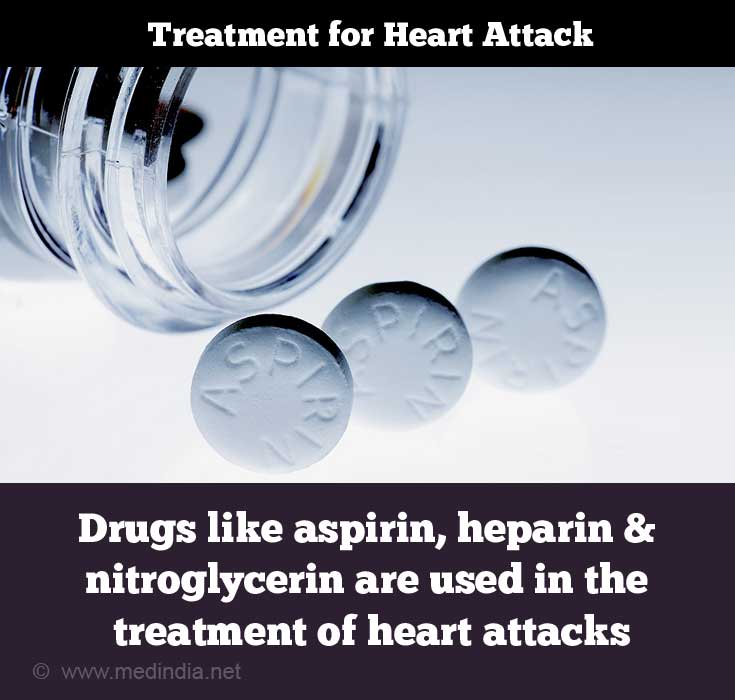
Heart Attack - Aftercare
Close follow-up with healthcare provider is essential after heart attack.
Most people are able to return to their normal activities after a heart attack. People who had an uncomplicated heart attack can return to most of their usual activities within a few weeks if they are feeling fine and asymptomatic. Regular checkups and tests are essential after a heart attack to see how the heart is working. Strict adherence to lifestyle changes, taking medications as directed by the physicians, and adhering to the cardiac rehabilitation program are essential to prevent future attacks.
The doctors may ask you to undergo diagnostic tests such as an exercise stress test at regular intervals. These tests can help diagnose the presence or progression of blockages in your coronary arteries and plan treatment.
Prevention of Heart Attack
Lifestyle changes, taking medications properly, and having regular heart checkups is the best way to prevent heart attacks.
Measures to prevent heart attack will include measures to lower the risk of coronary artery disease, as it is the most common cause of heart attack. Measures include making lifestyle changes like:
- Eating a healthy diet
- Regular exercise
- Quitting smoking
- Limiting the intake of alcohol
- Reducing weight in case of an overweight or obese individual.
In conclusion, addressing coronary heart disease and improving blood flow to the heart is essential for individuals with underlying health conditions. While coronary artery bypass surgery has long been a crucial option in treating this condition, the advent of minimally invasive techniques has provided new hope.
These procedures can effectively open blocked arteries, allowing for enhanced blood circulation and reduced risks associated with more traditional bypass surgery. However, regardless of the approach taken, maintaining a heart-healthy lifestyle that includes physical activity and careful management of underlying health conditions remains paramount in the fight against heart attacks and the preservation of cardiovascular well-being.
Treating underlying conditions that increase the risk of having a heart attack (High blood pressure,
